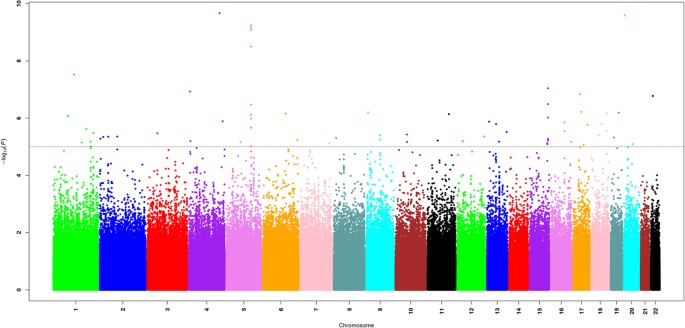
This is the subsequent entry in my compilation of introductory texts concerning the history of mathematics. In one regard, the compilation commenced nearly eight years ago when I penned [a succinct and rather harsh critique](https://thonyc.wordpress.com/2017/11/01/men-of-mathematics/) of the book that first acquainted me with the history of mathematics, Eric Temple Bell’s *Men of Mathematics*. More recently, several weeks ago, I wrote an exceptionally lengthy two-part thorough critique of Kate Kitagawa & Timothy Revell’s *The Secret Lives of Numbers: A Global History of Mathematics & Its Unsung Trailblazers*. You can find those posts [here](https://thonyc.wordpress.com/2025/01/15/it-cant-be-that-bad-after-all-its-a-penguin-part-the-first/) & [here](https://thonyc.wordpress.com/2025/02/05/it-cant-be-that-bad-after-all-its-a-penguin-part-the-second/). From social media, I was subsequently asked what I would recommend. In response, I provided [a collective review of historical mathematics books](https://thonyc.wordpress.com/2025/02/12/books-on-the-history-of-mathematics-some-thoughts/) that I am familiar with and endorse, alongside some currently acclaimed titles. In the comments to that entry, Fernando Q. Gouvêa suggested a book he co-authored with William P. Berlinghoff, *Math Through the Ages: A Gentle History for Teachers and Others,* which came highly recommended by Glen Van Brummelen, whose [remarkable works on trigonometry’s history I reviewed here](https://thonyc.wordpress.com/2021/12/08/ohms-or-everything-you-wanted-to-know-about-the-history-of-trigonometry-and-didnt-know-who-to-ask/). Consequently, I obtained Gouvêa-Berlinghoff’s *Math Through the Ages* and [reviewed it as well](https://thonyc.wordpress.com/2025/03/13/history-of-maths-for-beginners/). In my collective review, I mentioned Snezana Lawrence’s *A Little History of Mathematics* (Yale University Press, 2025), which at that time had yet to be published. It has now been released; I have acquired a copy and read through it, and here are my reflections on it.
This is certainly not an academic text; it lacks footnotes, endnotes, and a bibliography, clearly aiming at the general curious reader. The book contains forty self-contained essays discussing various aspects of mathematics’ history in a roughly chronological fashion. With a total of two hundred and eighty pages, each essay averages around seven pages. They are independent vignettes with infrequent cross-references noted as “see Chapter X.” Lawrence addresses most of the typical significant themes but places a slight emphasis on the contributions of women in mathematics.
Notably, we begin with a chapter where Lawrence queries the nature of mathematics and what constitutes a mathematical object, leading to a brief exploration of the Ishango bone. Next, there’s an unfortunately insufficient presentation of Babylonian mathematics, focusing on tables of computed values to facilitate arithmetic. There is no mention of the sophisticated and, for its time, advanced mathematical culture the Babylonians cultivated. But what can one accomplish in seven pages? As expected, Egypt follows Babylon with a reasonably concise summary of the Papyrus Rhind. We then transition to Greece, where a logically sound account of the Pythagoreans leads into a discussion of Plato and the Platonic solids. We linger in Ancient Greece to cover mathematics’ all-time bestseller, *The Elements of Euclid*. Next, we shift to China and discuss *The Nine Chapters on the Mathematical Art*, which highlights the contrasts between the Chinese method and that of Euclid. The chapter concludes with the accurate observation that Western and Chinese mathematics progressed largely independently.
We revert to the West in late antiquity and examine the number theory of Diophantus. This enables our author to introduce her first female mathematician, Hypatia, who reportedly authored a commentary on Diophantus. The portrayal of Hypatia is relatively balanced and reasonable. We now return to Asia for a standard overview of the introduction of zero as a number in early medieval India.
We proceed to Baghdad and the usual embellishment regarding the House of Wisdom, leading to a discussion of al-Khwārizmī’s work. Curiously, while elaborating on his method for completing the square in quadratic equations, Lawrence notes that the Babylonians already had knowledge of this process. Before leaving Baghdad, Lawrence also provides a brief overview of the contributions of al-Kindi and al-Karaji. We transition back to medieval Europe for a short outline of the translation